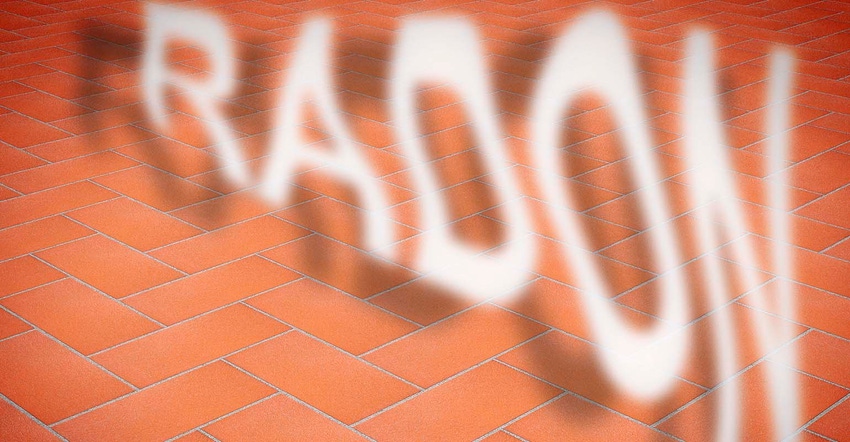January 15, 2018

Americans are encouraged to test their homes for radon, a naturally occurring radioactive gas that causes cancer, during January, a time of year when many Americans spend more time inside their homes.
“If a high radon level is found, the good news is that this serious environmental risk can be reduced by using simple, proven techniques comparable to the cost of other minor home repair or improvement projects,” said Bill Wehrum, Assistant Administrator of EPA’s Office of Air and Radiation.
Millions of homes in the United States have elevated levels of radon. Inhalation of radon damages lung cells and kills approximately 21,000 people annually, making radon the second leading cause of lung cancer after smoking.
Because radon gas is invisible and odorless, the only way to know if a house, school or other building has a radon problem is to get the building tested.
Although testing for radon is easy and inexpensive, only one in five homeowners have tested their homes for radon. EPA and states are encouraging Americans to test their homes for radon and to fix elevated levels during January as a commonsense step to prevent lung cancer.

The purpose of this map is to assist national, state and local organizations to target their resources and to implement radon-resistant building codes.
Radon test kits are available at hardware stores, home improvement centers, and online. Kits usually cost around $20 and come with easy-to-use testing and mailing instructions. Qualified radon professionals can also perform tests and fix elevated levels.
To learn more about radon, visit https://epa.gov/radon.
Source: U.S. EPA
You May Also Like




